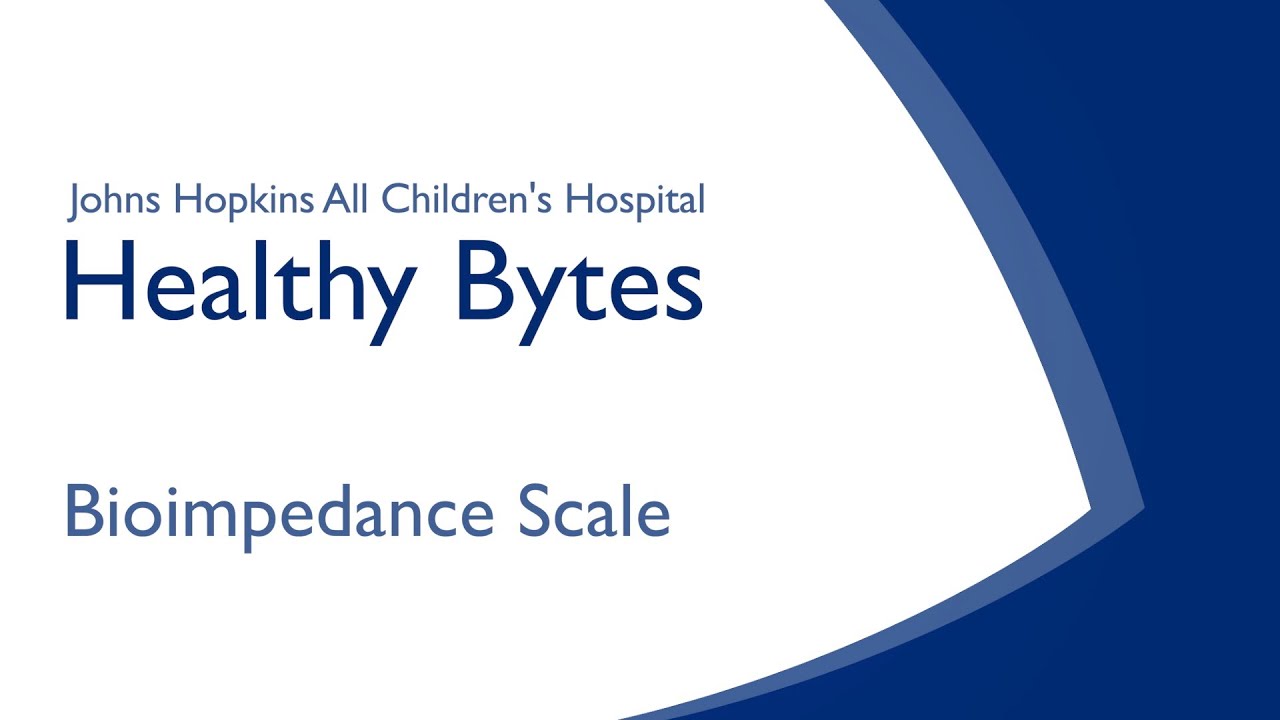Bioimpedance Scale
Bioimpedance Scale
How can we really tell if someone has weight-related health risks?
One of the most common questions we get asked by families is how can we tell the difference between someone who's maybe more athletically built or “big-boned” versus somebody who has a true weight risk. It's important to note that what we typically use is something called body mass index or BMI, and we know that BMI is imperfect in telling us that information but it is currently our best screening tool. This is the current tool recommended to screen children for weight risks by the Centers for Disease Control and what most pediatricians and primary care providers use to determine if further discussion or evaluation for obesity is needed.
New tools for assessing weight-related risk are available
After several decades of research and investigation into the field of obesity medicine, the great news is that we have an evidence-based tool to help us make that distinction which is our bioimpedance scale. The bioimpedance scale uses a very low voltage electrical circuit (we promise it doesn't hurt!) that goes from your toes all the way to your head. Muscle and fat conduct electricity at different rates, so the bioimpedance scale can show us the difference between how much muscle and fat our patients have. The scale provides a read out that tells us out of all of your total body weight, how much of that is lean muscle, how much of that is fat, and how much of that is actually something called visceral fat. Visceral fat is the fat around our organs, and when we have too much of that, we may be more at risk for chronic disease such as diabetes or hypertension. Using this scale is really critical to our medical plan for our patients to help us determine all of these differences in body composition.
How does the use of bioimpedance measurement help weight management?
Use of bioimpedance measurements allows for us collect the bioimpedance information at each visit and can track changes in body composition over time. For anyone who has ever tried lifestyle change, you have likely been forced to focus on the number on a traditional scale. Focusing on just weight alone can be frustrating, particularly in the early steps of weight management as often that number doesn't change right away. Bioimpedance measurement can not only show us total weight but can allow us to see that sometimes what's happening in early phases of weight management is that muscle is increasing, and fat is decreasing even though total weight remains the same. In addition, we can often see a reduction in visceral fat without a change in total weight. These changes within body composition allow us to see that our patient may already be getting metabolically healthier and give us ideas of what lifestyle changes we should continue or adjust.
Having the right tools in your weight management clinic are therefore a first step in understanding your weight risk and to getting healthier!


